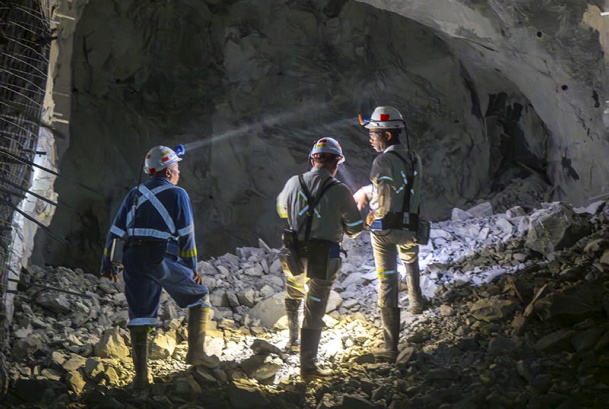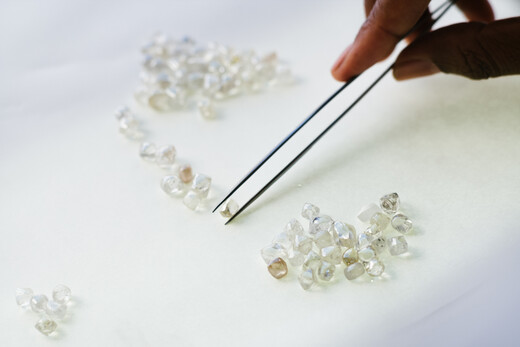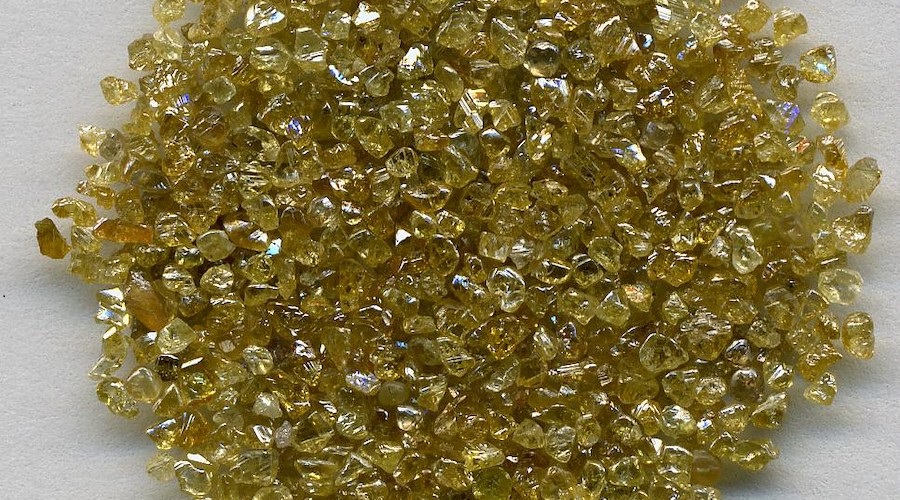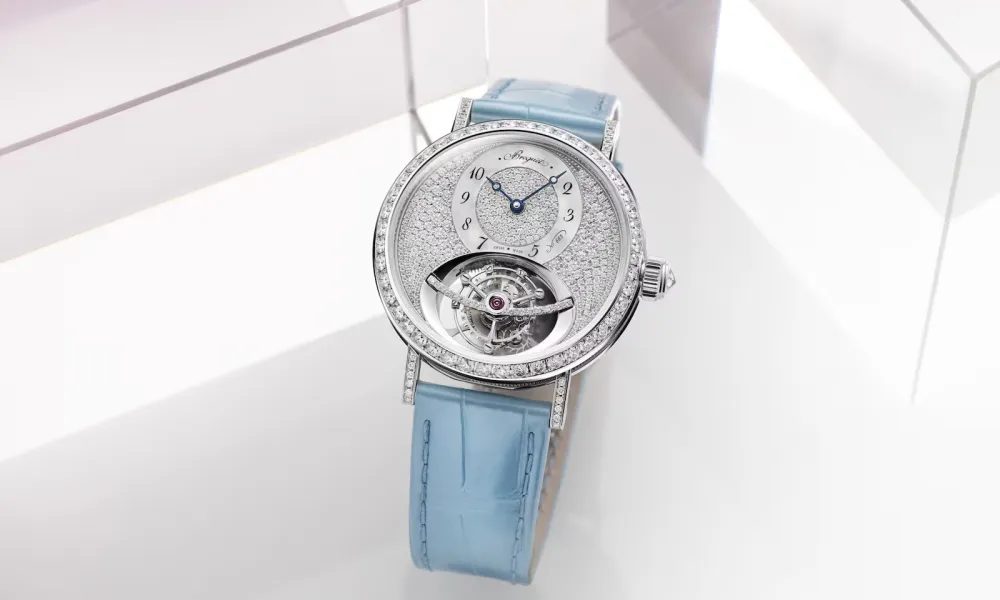
Petra reported a revenue slump for Q1 2025 after deferring the sale of almost all its South African goods because of persistent weak demand.
The UK-based miner said its only revenue for the quarter ending 30 September was $8.5m for an 18.85-carat blue diamond recovered at Cullinan Mine, South Africa, and $14m for goods from its Williamson mine, in Tanzania.
Total revenue for the quarter, including profit share arrangements, was $23m, down 77 per cent compared to Q1 FY 2024 and 80 per cent compared to Q4 2024.
Petra said its combined tenders 1 and 2, which took place this month, after the end of Q1, brought in $76m.
Average per carat prices were up 13 per cent to $113, compared to the last tender it held, in June. But like-for-like prices were down 9 per cent. Higher prices were due to a better product mix. The company said it had withdrawn 88,000 carats (worth around $3m) of brown goods because of poor demand.
“Our combined first and second tenders indicate continued weakness in the rough diamond market, more than offset by Petra’s product mix,” said CEO Richard Duffy in the Q1 FY 2025 operating update and final sales results for Tenders 1 and 2 FY 2025.
He said Petra was further reviewing cash generation opportunities in the face of ongoing market weakness and a stronger rand.
“We remain committed to our target of net cash generation for the full year in FY 2025,” he said.
“We continue to expect prices to show some improvement in CY 2025, with market fundamentals being supportive in the medium-to-longer term.”
Source: DCLA








